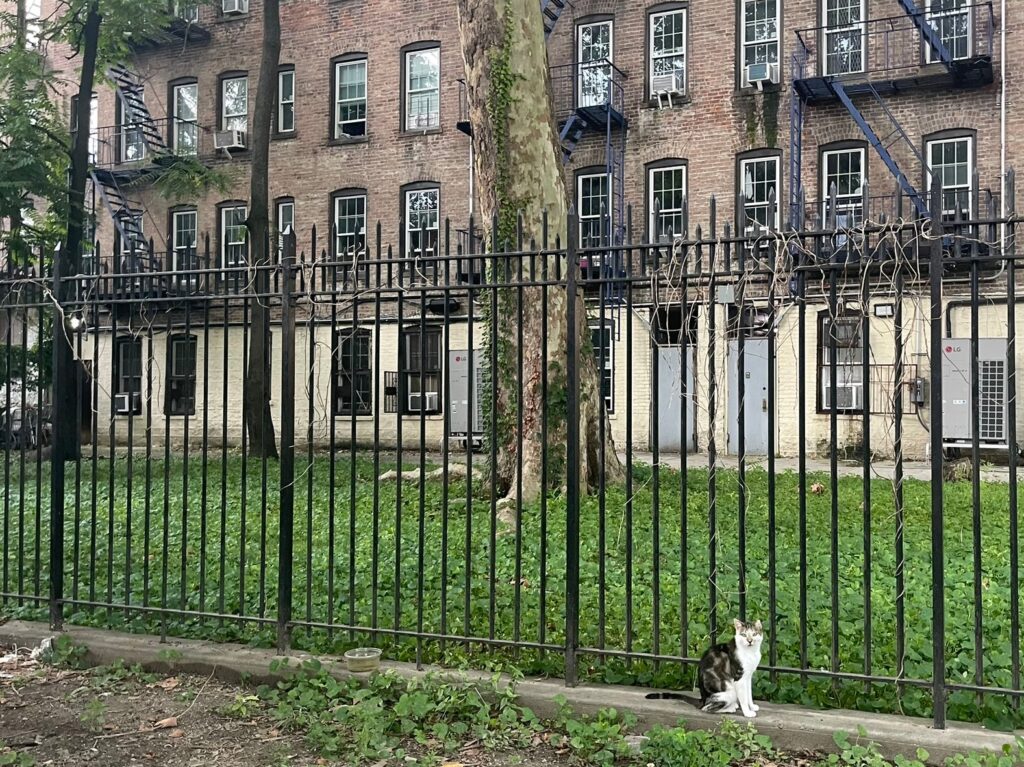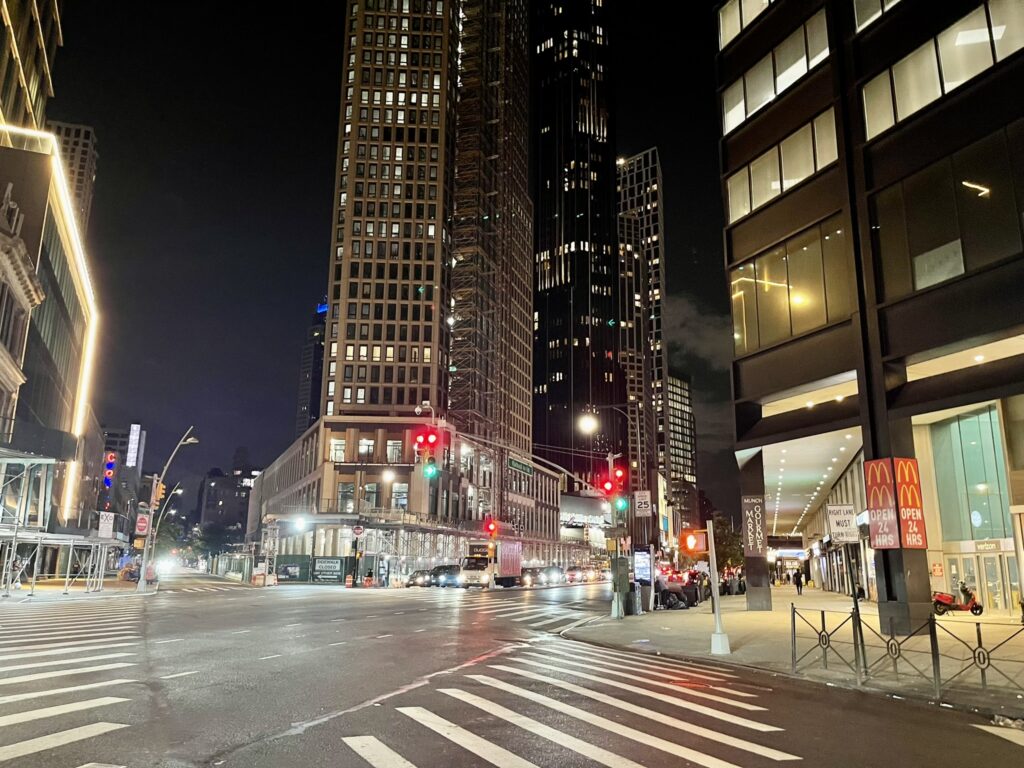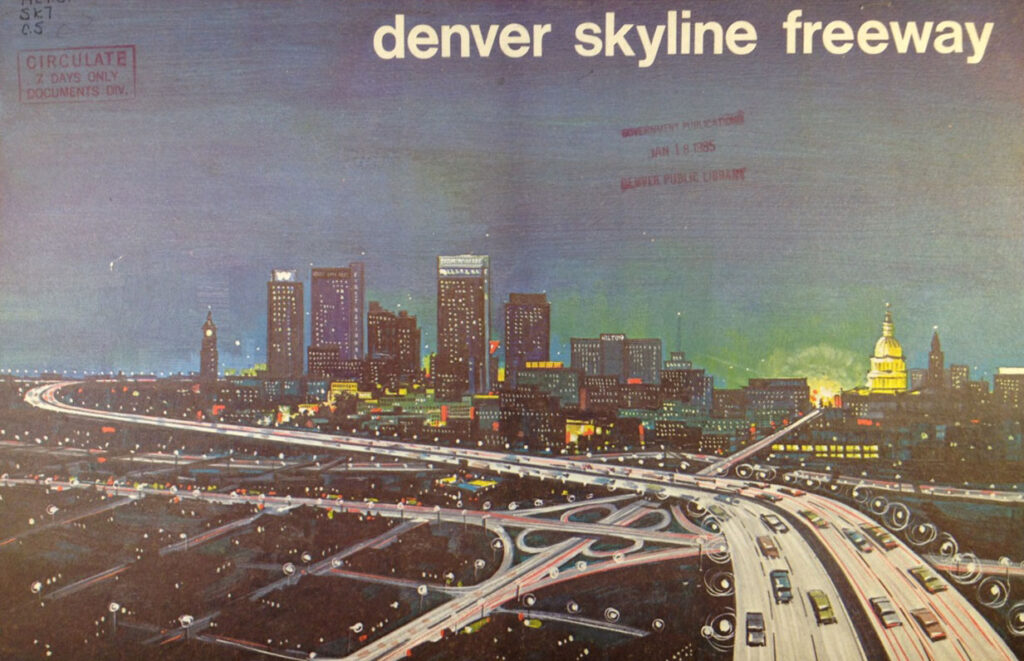I‘m a white man who lives in the Bronx. When you account for the 50/50 binary gender split, I am in the distinct minority here – 5 to 7% of the borough matches my demographic cohort. Some neighborhoods are zero percent white (Crotona Park East), some are even majority-white (Riverdale), but when painted with the relatively broad stroke of the borough at-large, I don’t necessarily look like the rest of the people I pass on the sidewalk on a daily basis. Occasionally, this can be mildly uncomfortable for me, but I have learned to temper these feelings. It is not a racial issue, so much as superficial racial traits and attributes do correspond to a broad ethnic identity, it’s simply the perception of other-ness that can feel awkward.

The dominant group in my neighborhood is Dominican, with a much smaller Puerto Rican and black presence. The few white people I do see appear to be related to Fordham University, or are visiting Yankee Stadium to watch a game. I feel mildly guilty when I see another white person in this neighborhood and give them a long and curious look, because you kind of do wonder why they are so far uptown. Kind of like a “hey white boy, whatcha you doing uptown?” rhetorical question a la “Waiting for the Man” by the Velvet Underground.
Knowing that I am in the distinct minority here does make me even more shy and less “neighborly” than in other places I’ve lived – because while New York City is mega-diverse, it’s also varied in the ways that these diverse groups have spread out and settled here. Think meta-diversity.




Let’s compare the ridership on two subway lines, the 4 through the Bronx, and the 7 through Queens. At various points in my life, I have been a commuter on both of these lines on a daily basis. When you take the 4 train above 125th street in Harlem, you quickly notice that the people riding are almost solely Hispanic or black, and that the busiest times on the train and at the stations aren’t necessarily rush hour. This reflects the neighborhood demographics – many of the surrounding census tracts are over 75% Hispanic. Spanish as a conversational language dominates.
The 7 train, however, is the melting pot of America on display at all times, at all hours. Asian folks headed to Flushing. Latino folks from everywhere from Colombia to Mexico to Puerto Rico, people from the Middle East and India, white people of all stripes (young office workers, post-collegiate hipsters, old ladies from the old school, Italians, Greeks, Jewish people), all taking the same train line. Nobody dominates or feels like they are singled out, for the 7 train, and by extension Queens, is a beautiful bloom of different kinds of flowers. This is the New York I was promised. There is a big difference between being one among a group of many groups and always feeling like the odd man out. Even so, I accept this reality and am a good neighbor nevertheless.
I don’t blame you if you haven’t ever been to the Bronx, since it’s among the least consequential boroughs of the Five. While the glue of the greater city that holds its coterminous counties-as-boroughs together is undoubtedly strong enough to not feel ike anywhere else, there is a wide gulf between places like Kingsbridge Heights and Kings Highway, Morrisania and Marine Park, or Hell’s Kitchen and Highbridge.

Manhattan is Manhattan: it is pars pro toto for the entire New York City. This city is so large, that to ‘escape’ to Manhatttan is still a thing that outer borough residents feel they must do. It takes about an hour to reach Midtown Manhattan from Bay Ridge. It takes about the same amount of time to do the same thing from most of the Bronx, and most of outer Queens. As you leave Yonkers and enter the Bronx, it is 29 miles further to get to Coney Island in Brooklyn. Flushing to the outermost portions of Staten Island are 30 miles. Far Rockaway to Pelham Parkway is 26 miles. Inwood to downtown Brooklyn is 16 miles. Even Far Rockaway to Coney Island is 21 miles. This city is big.




Brooklyn is many things to many people: from the Hipster homeland to the Chassidic Val-challah to the safe space in our minds for the cliches of New York City’s yesteryears (Coney Island, stickball, Tony Manero from Saturday Night Fever, etc.). There was a moment in time when everyone moved to that borough first – whether it was the newly arrived immigrants from Prussia to the Polish Galicia (maybe the Spanish one as well), to the post-collegiate hipster who felt that Manhattan was passe. Now, downtown Brooklyn, and the massive gentrification of every neighborhood from Fort Greene to Greenpoint to East Williamsburg, has been underway for decades now, it’s the borough with the biggest divides between rich and poor, and is one of the few posting increases in the white demographic (this is both hipsters and Haredi Jews who are fruitful and have multiplied).
Queens is, as mentioned, mega-diverse in its population. It’s also mega-diverse in its footprint – whether it’s the clapboard two-family rowhouses sharing the same streetscape as newly constructed modern apartments in places like Long Island City or Astoria, or the continued street grid of Brooklyn’s Bushwick into Ridgewood, or the imposing co-ops in Kew Gardens or Foresst Hills, or the mega-development of LeFrak City, or the Archie Bunker-esque two family units in places like Corona or Ozone Park, or even the single-family homes in Jamaica Estates or Douglaston or St. Albans, or the housing projects and seaside decay of the Rockaways, there are so many different types of housing units in Queens, as many as the different ethnic groups.
Staten Island is the suburban refuge from the old ethnic white groups of yesterdecades. Even the old, dense parts of the island feel much more suburban than anywhere else in the city. The area near the ferry resembles Bayonne or Jersey City, or maybe Bay Ridge, than it does anything in Manhattan or certainly the Bronx. Single-family houses, strip malls, automobile-centric boulevards, and a way of life that has much more in common with anywhere else in the US than the other four boroughs predominates.
One thing is for sure, though, that all of these places are all New York City, even if the only thing holding these places together is the political and government precedent of having united these five boroughs over a hundred years ago. Apparently, that’s enough to make someone feel at home in one part of town and like a stranger in another.







